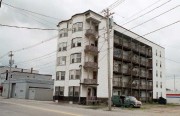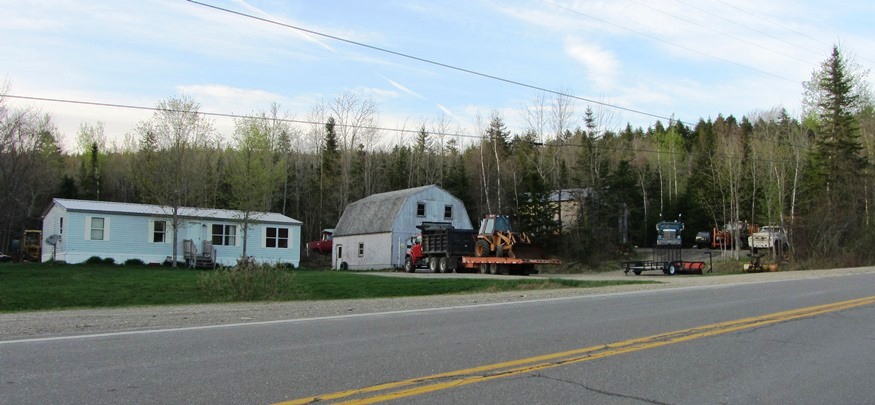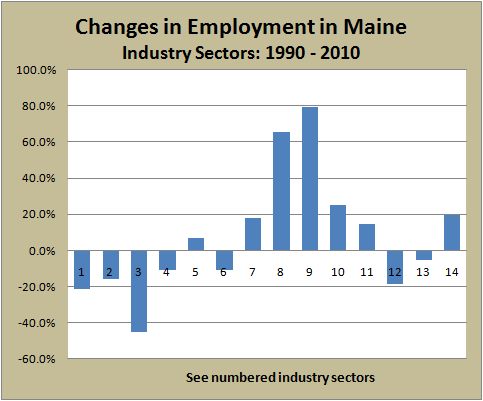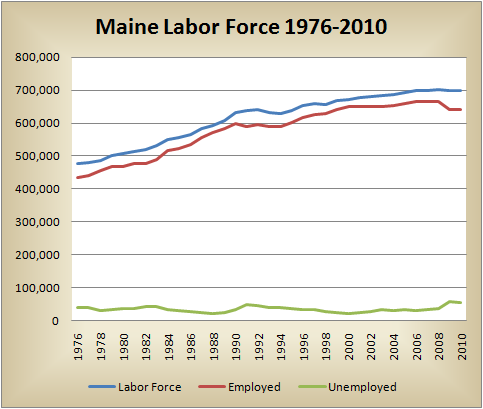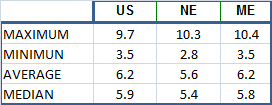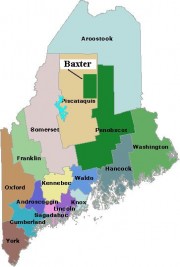Employment, Top 50 Employers
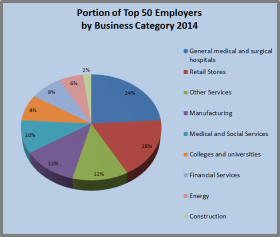
The rank of private sector employment by Maine firms varies with both long- and short-term trends in the economy. The table below is a snapshot of the fifty largest private employers in Maine in the first quarter of 2012 and the second quarter of 2014. The largest business category is “General Medical and Surgical Hospitals.” …



